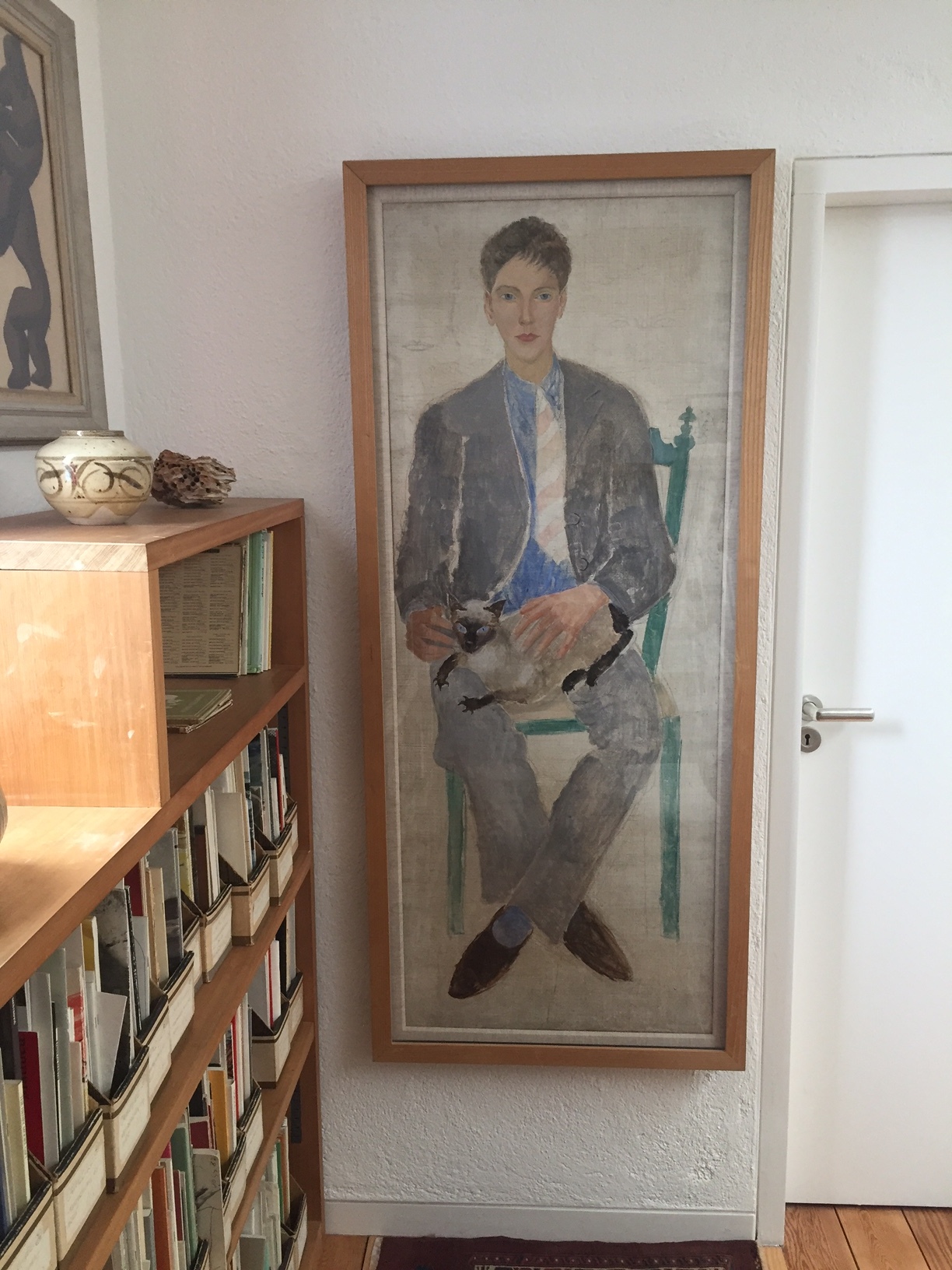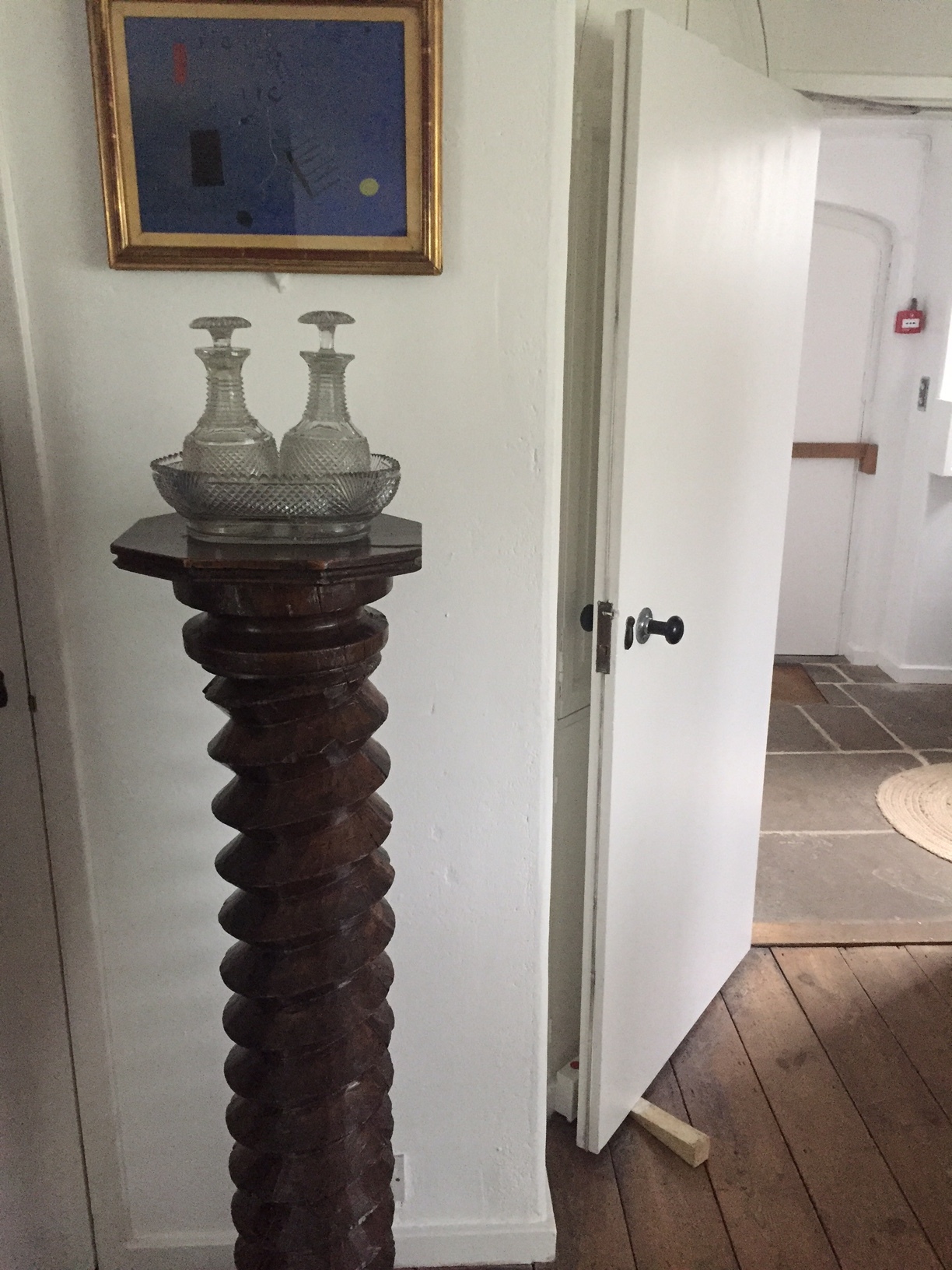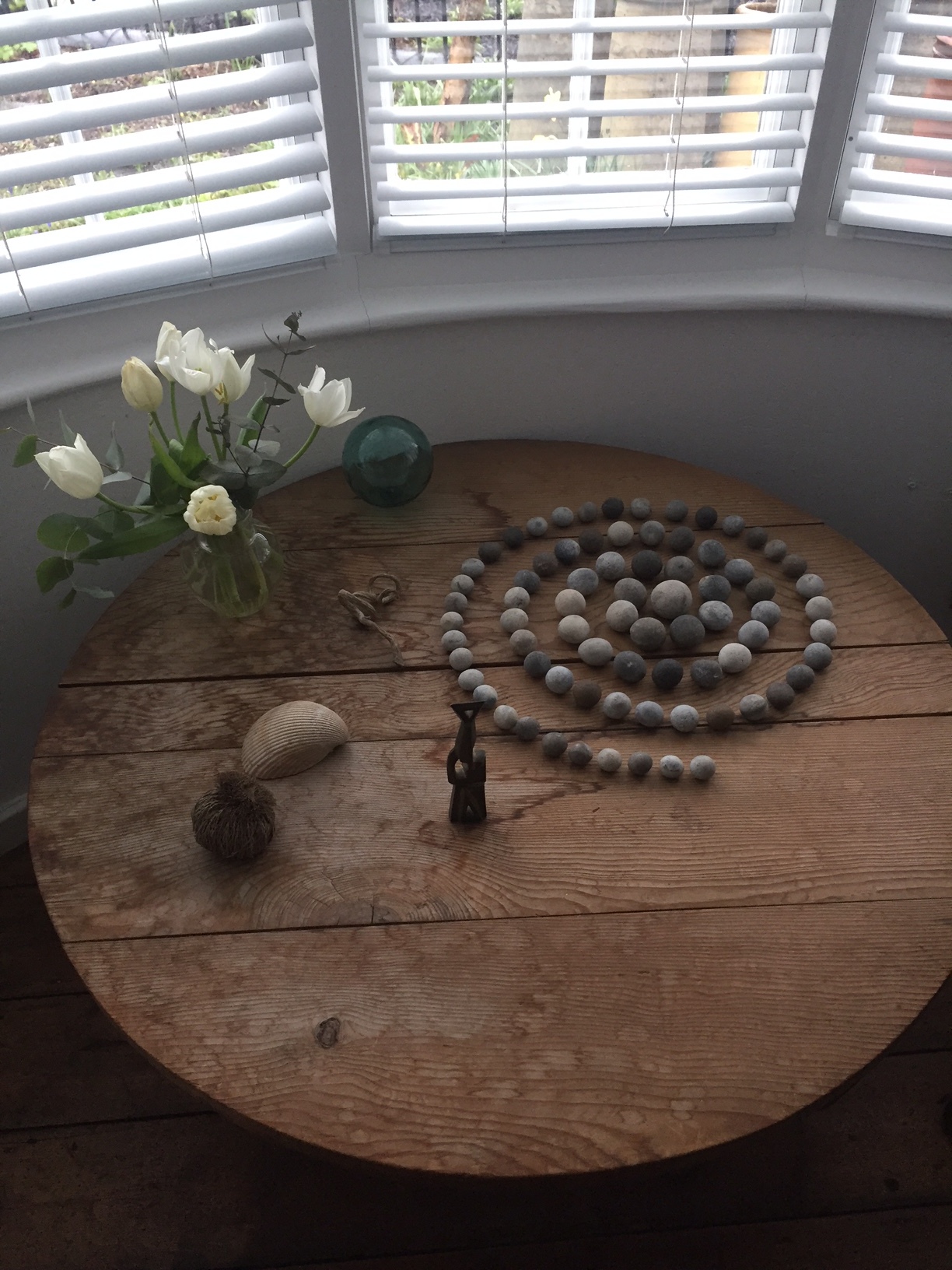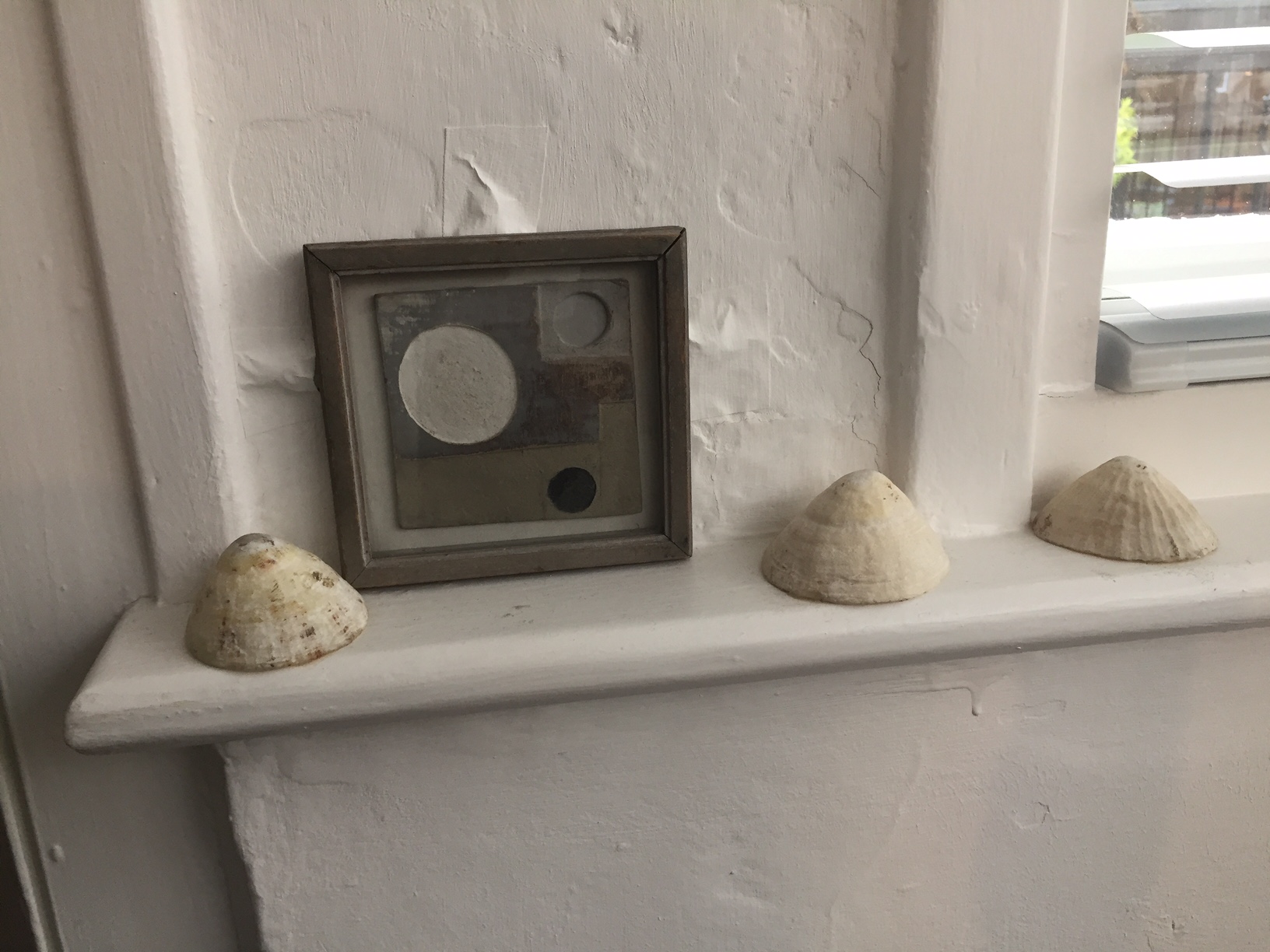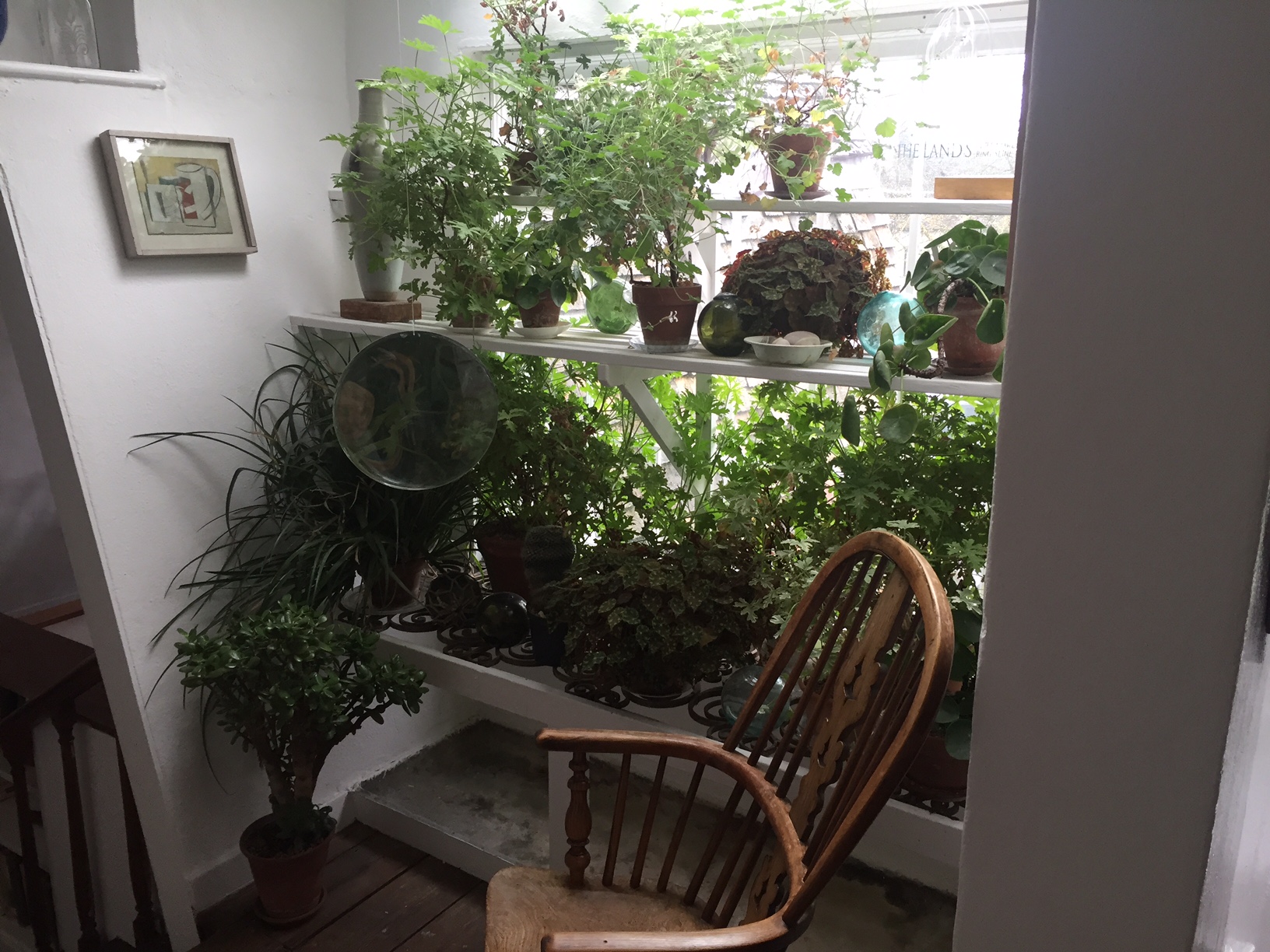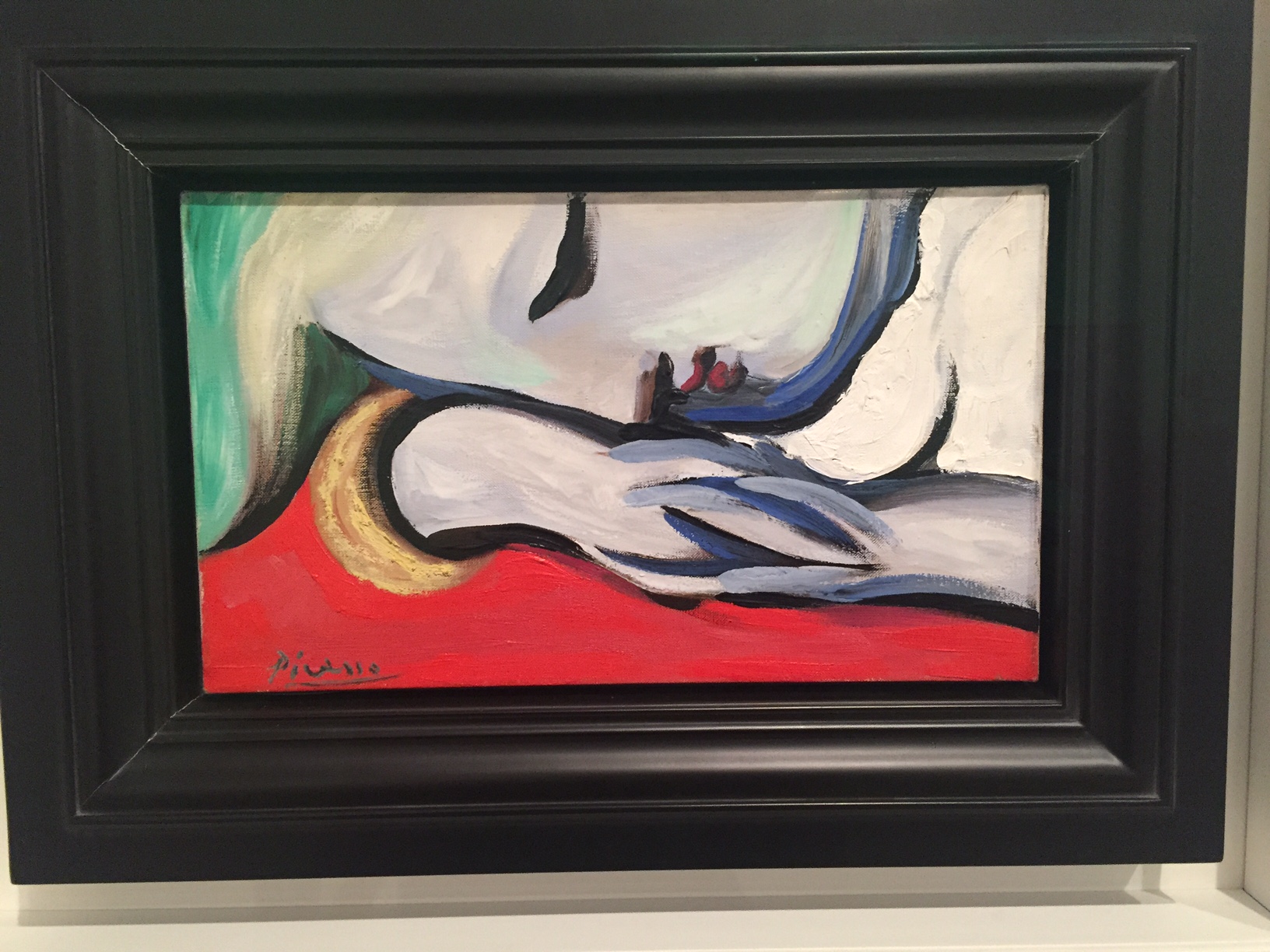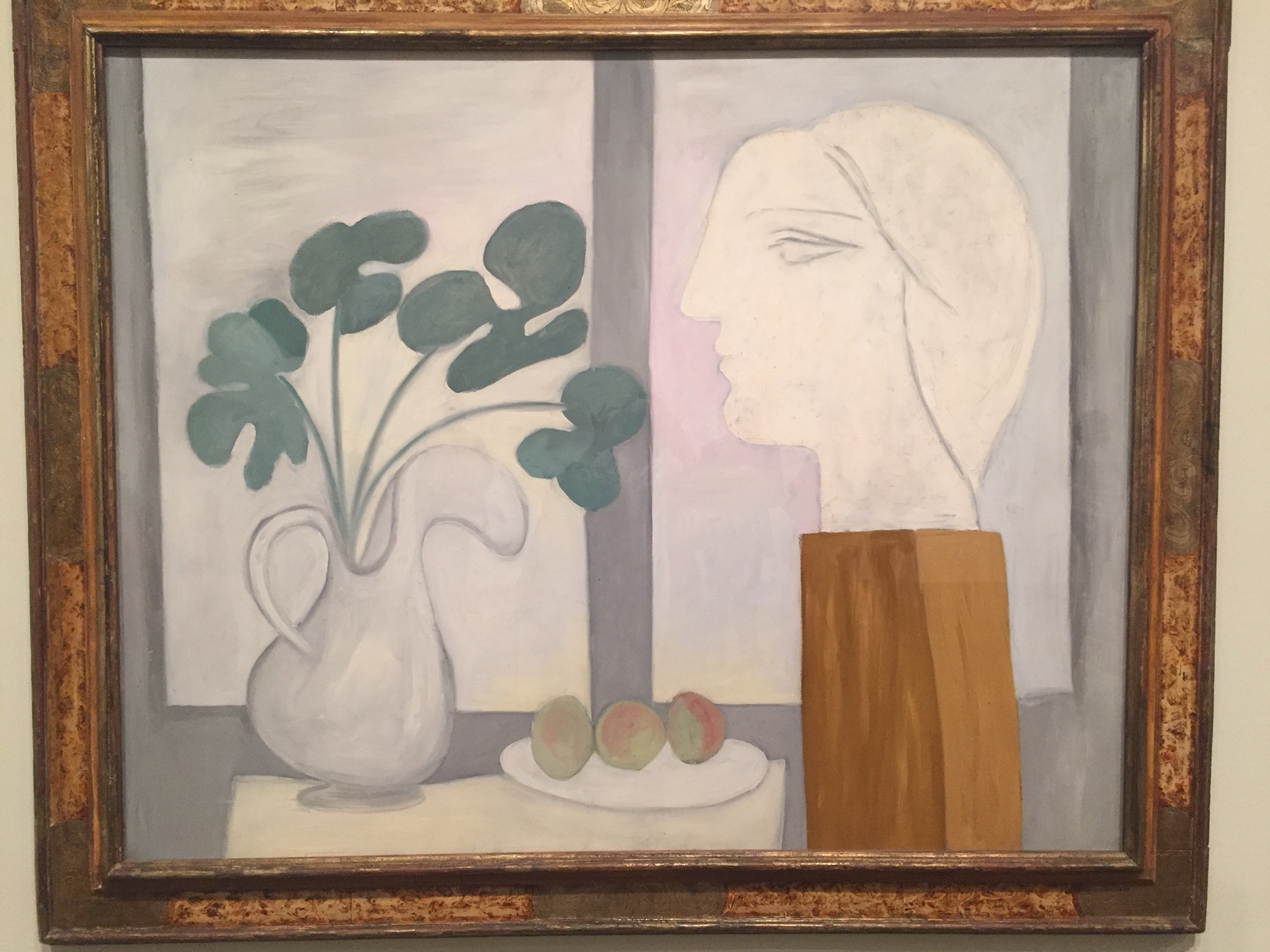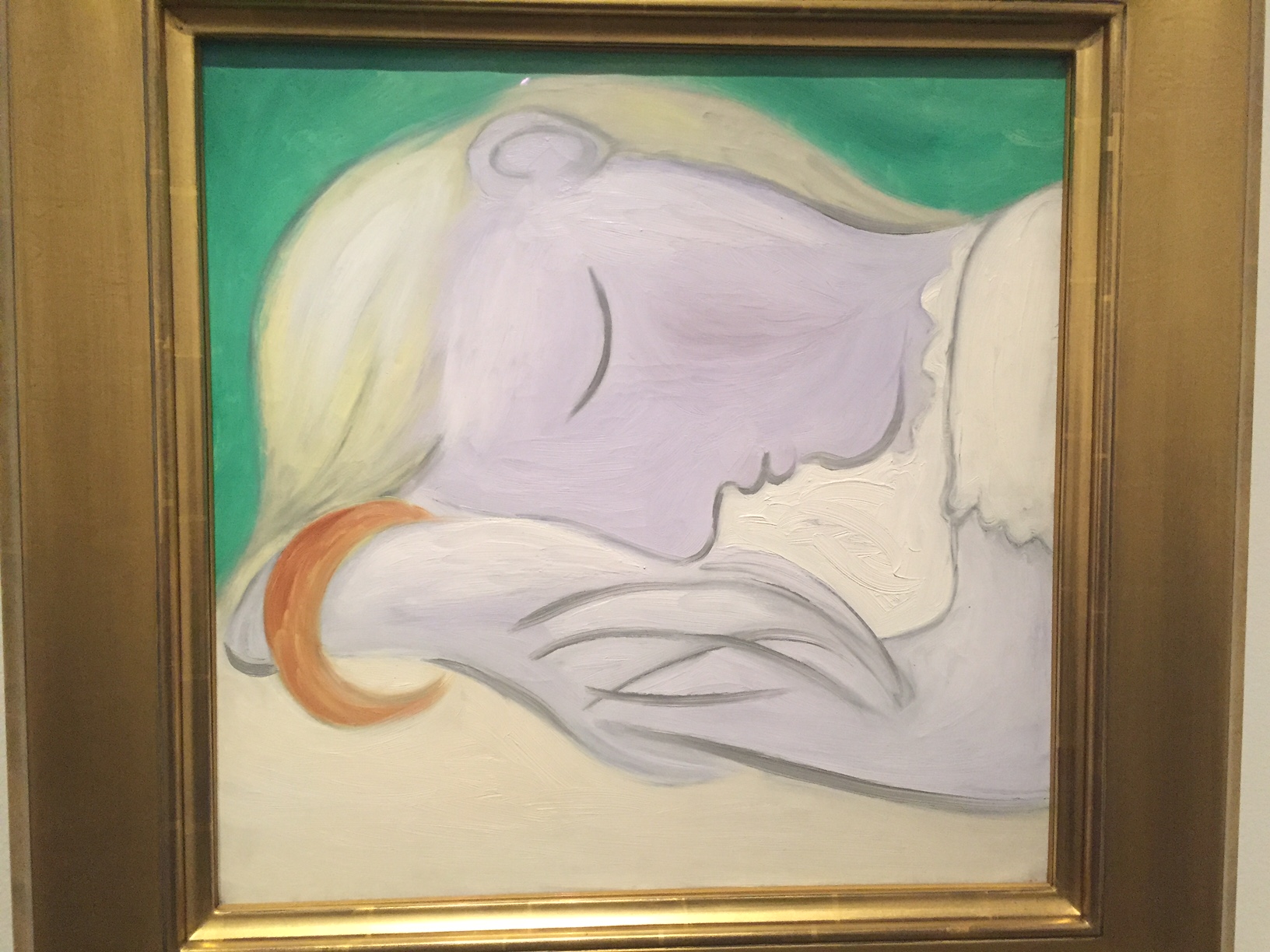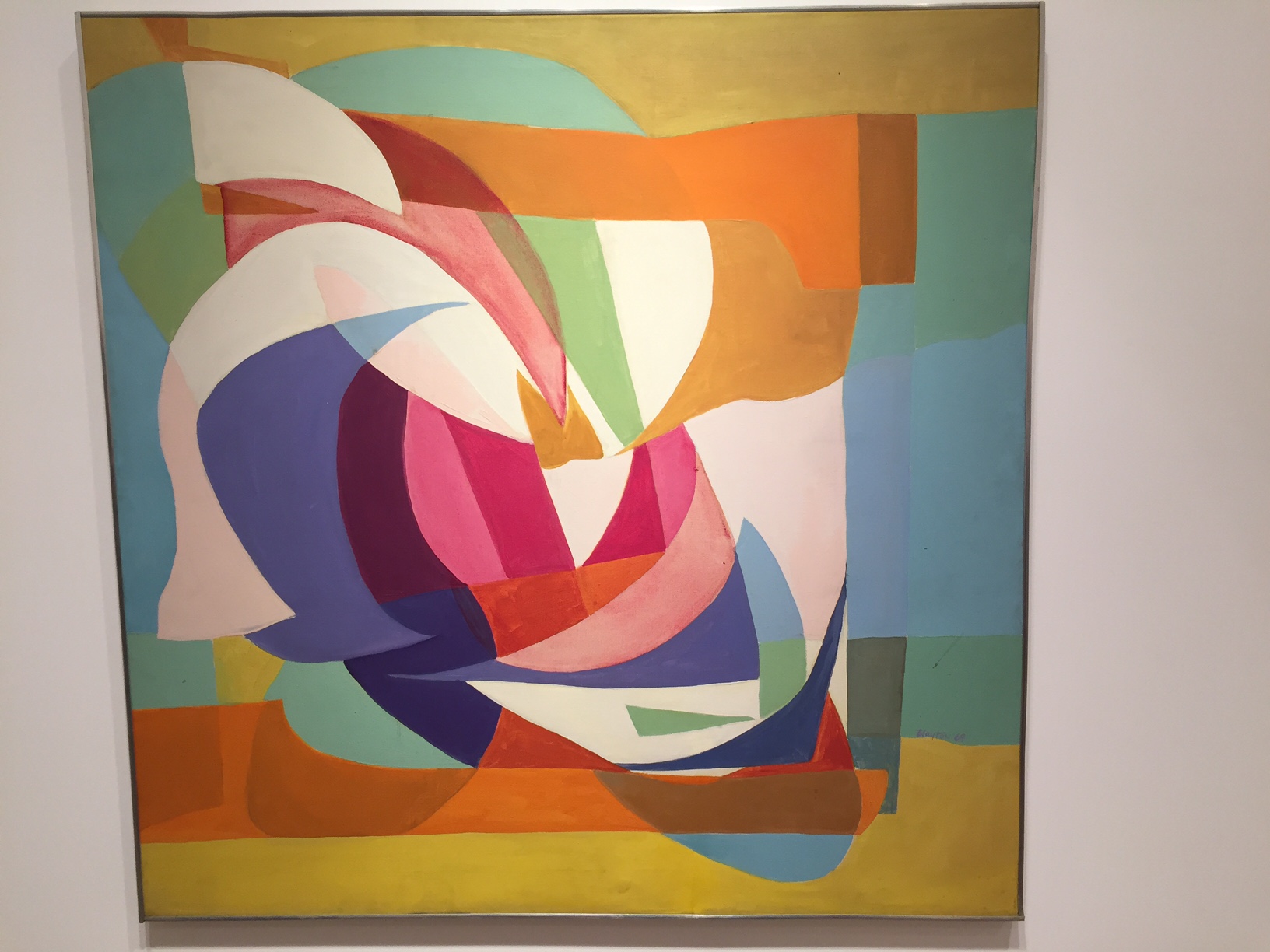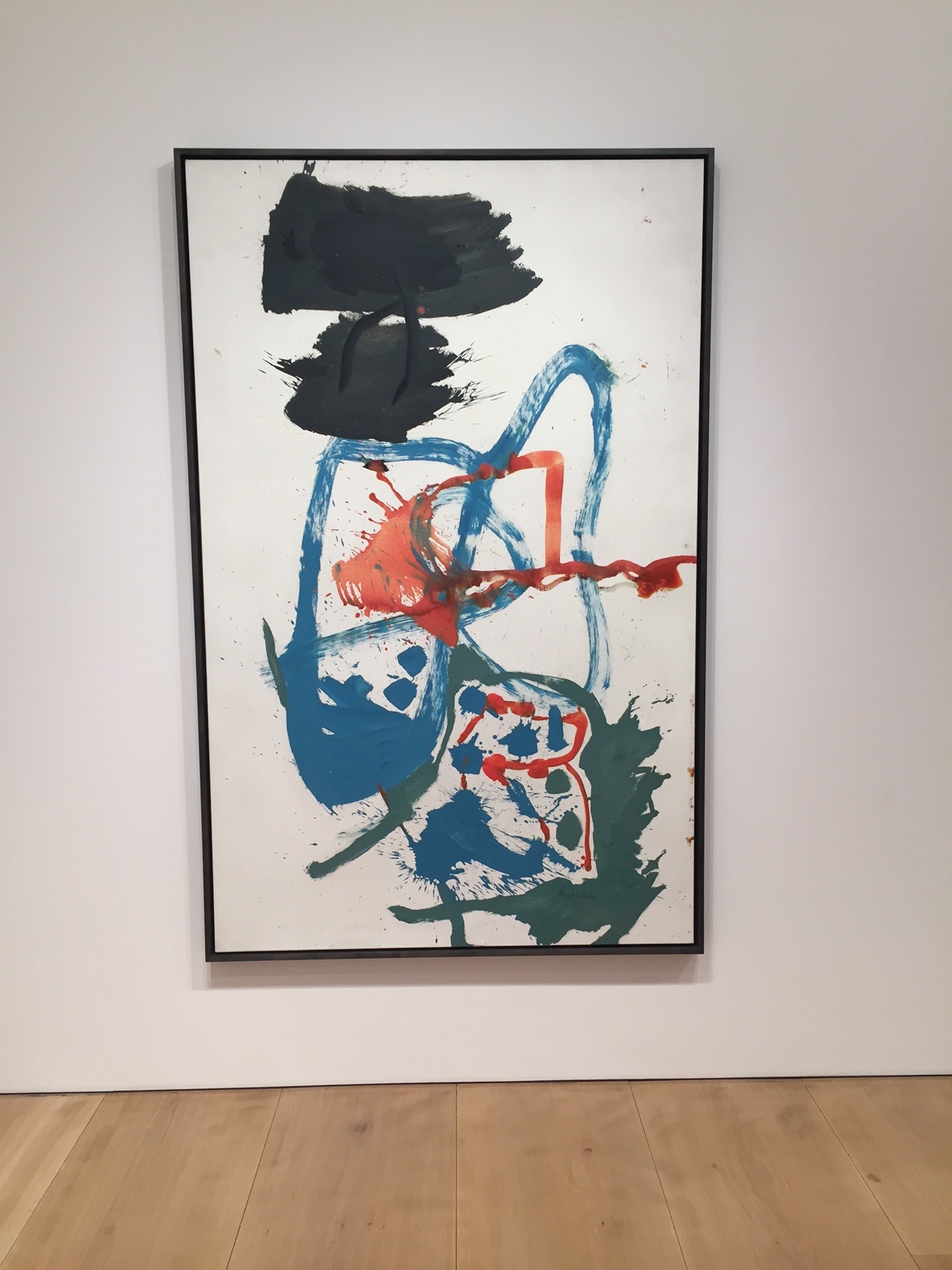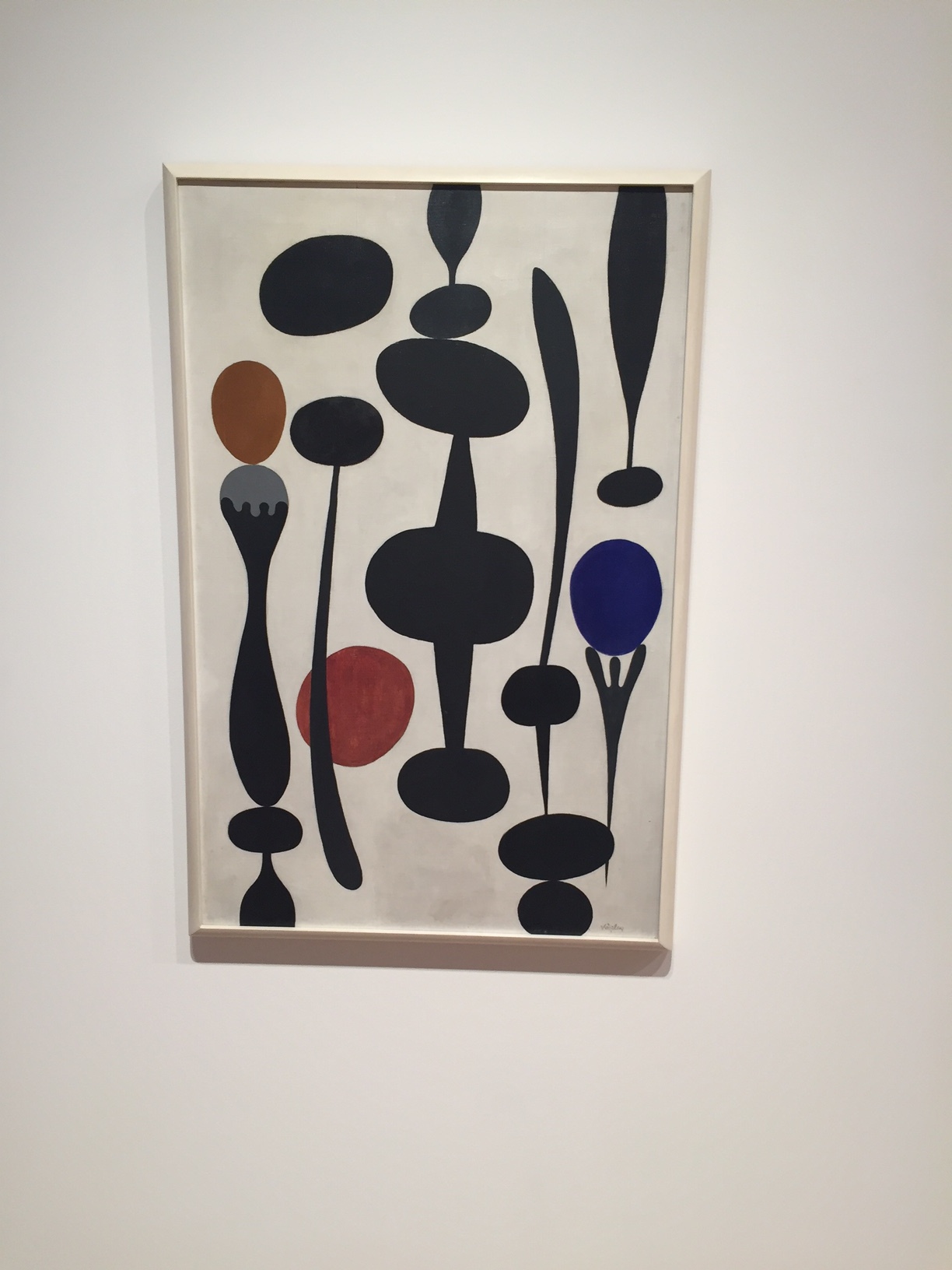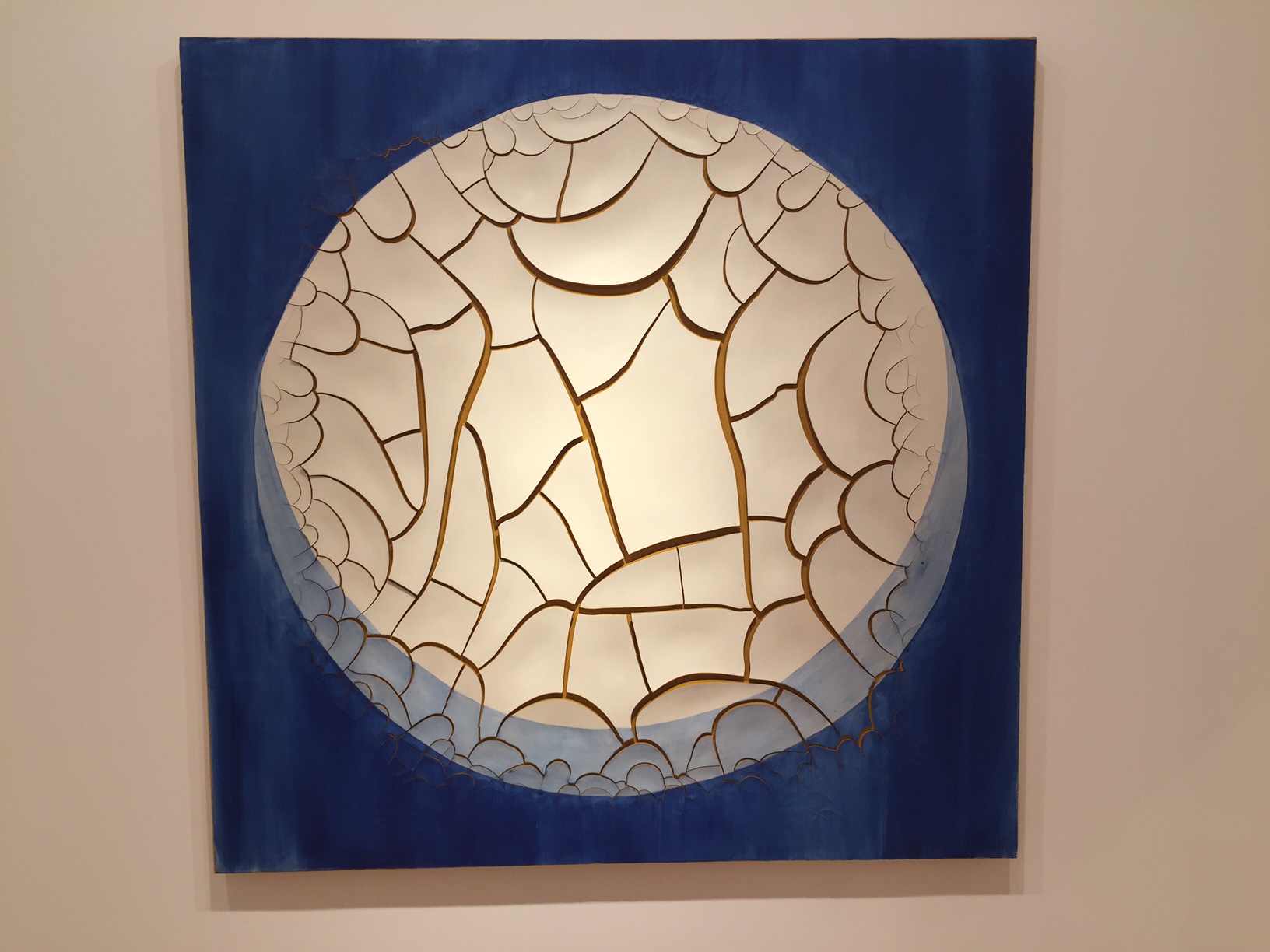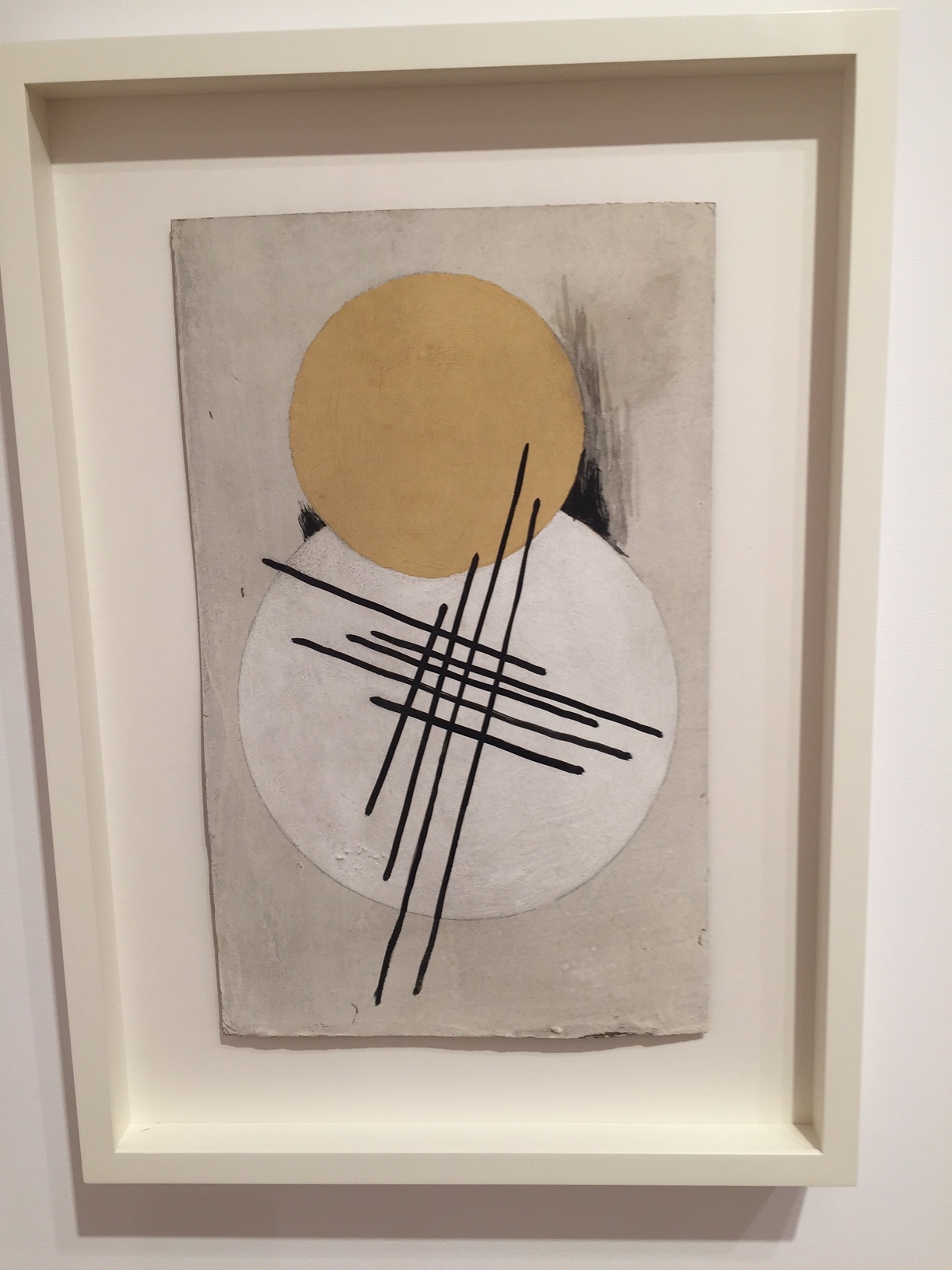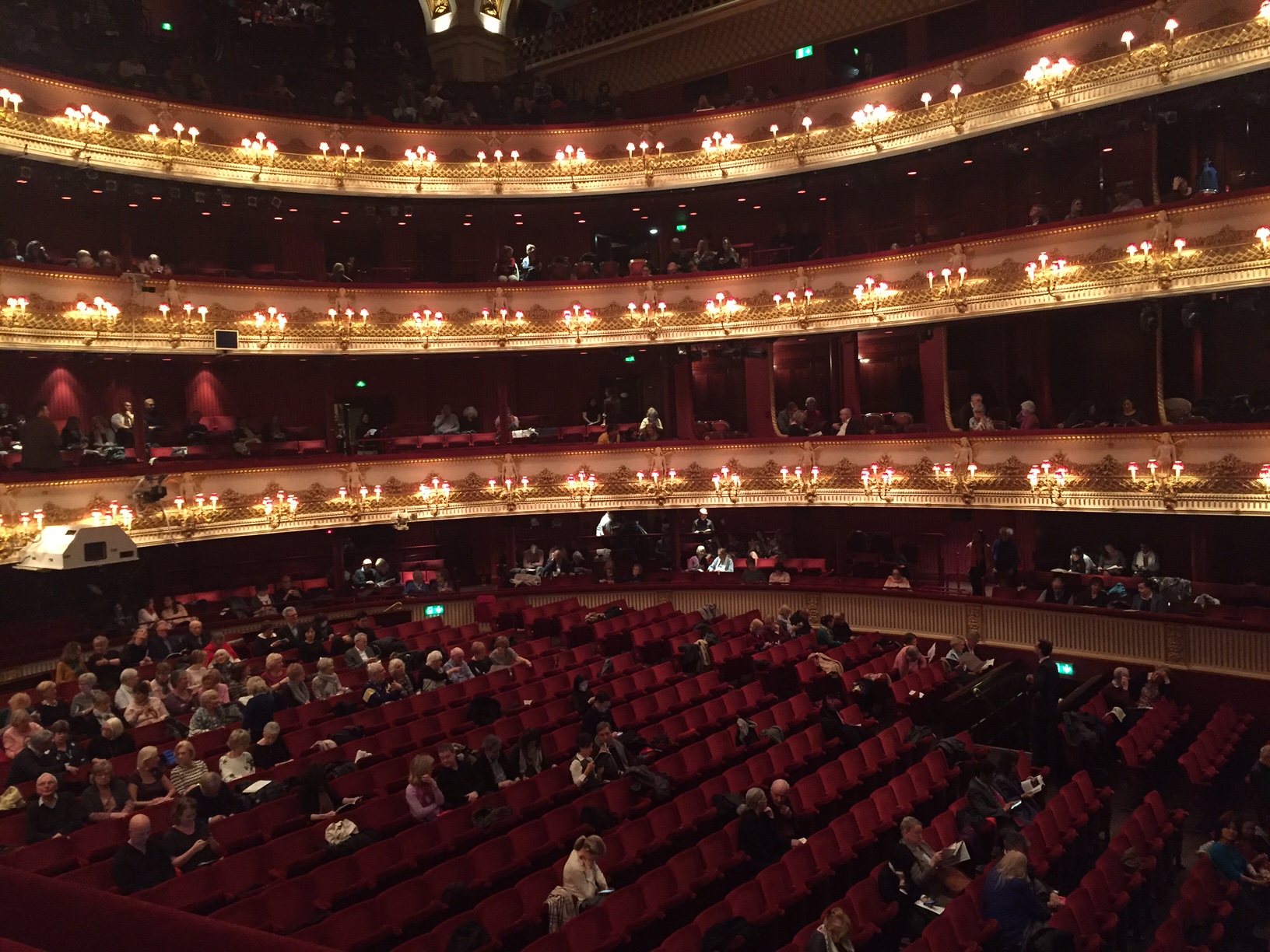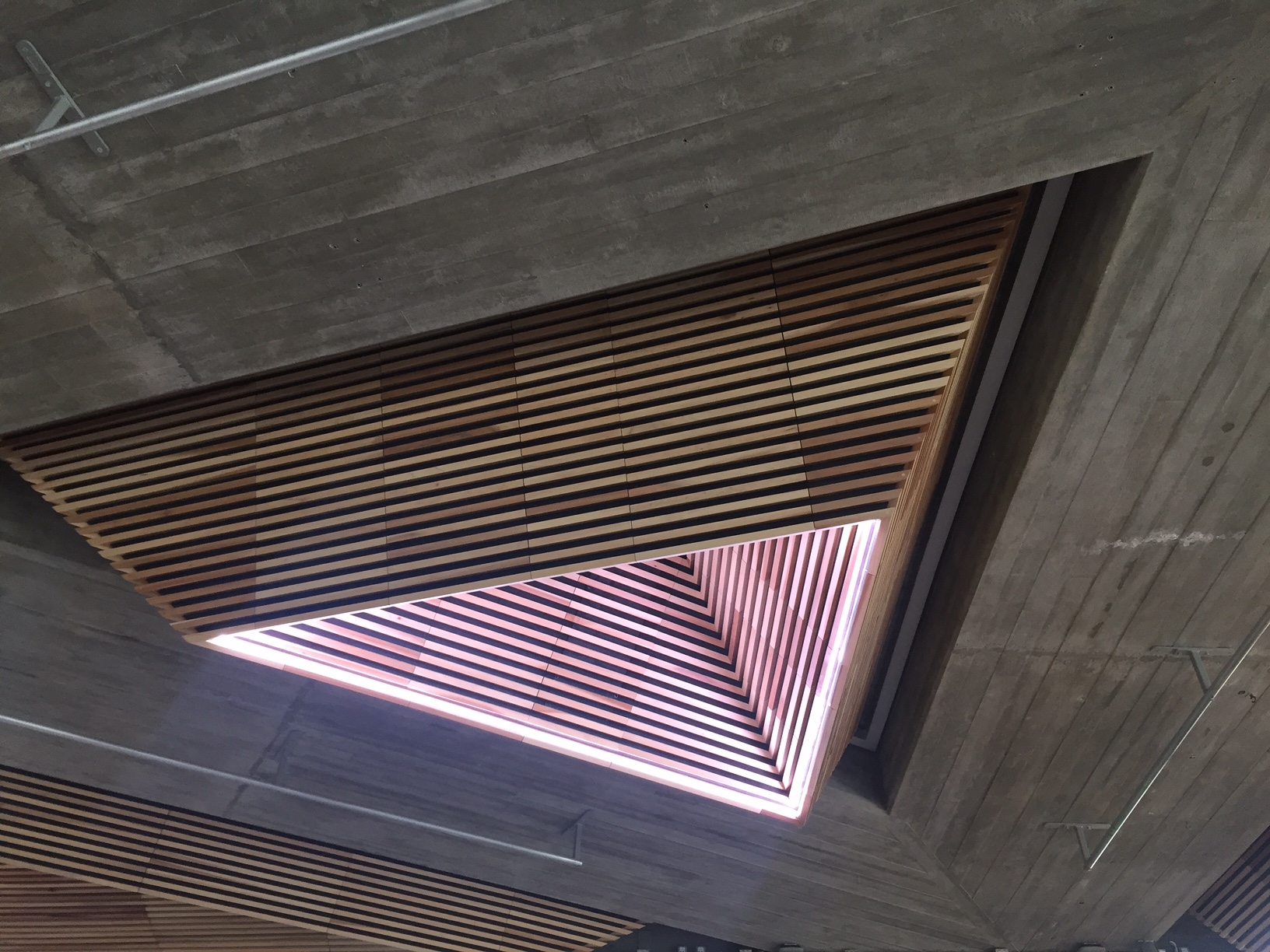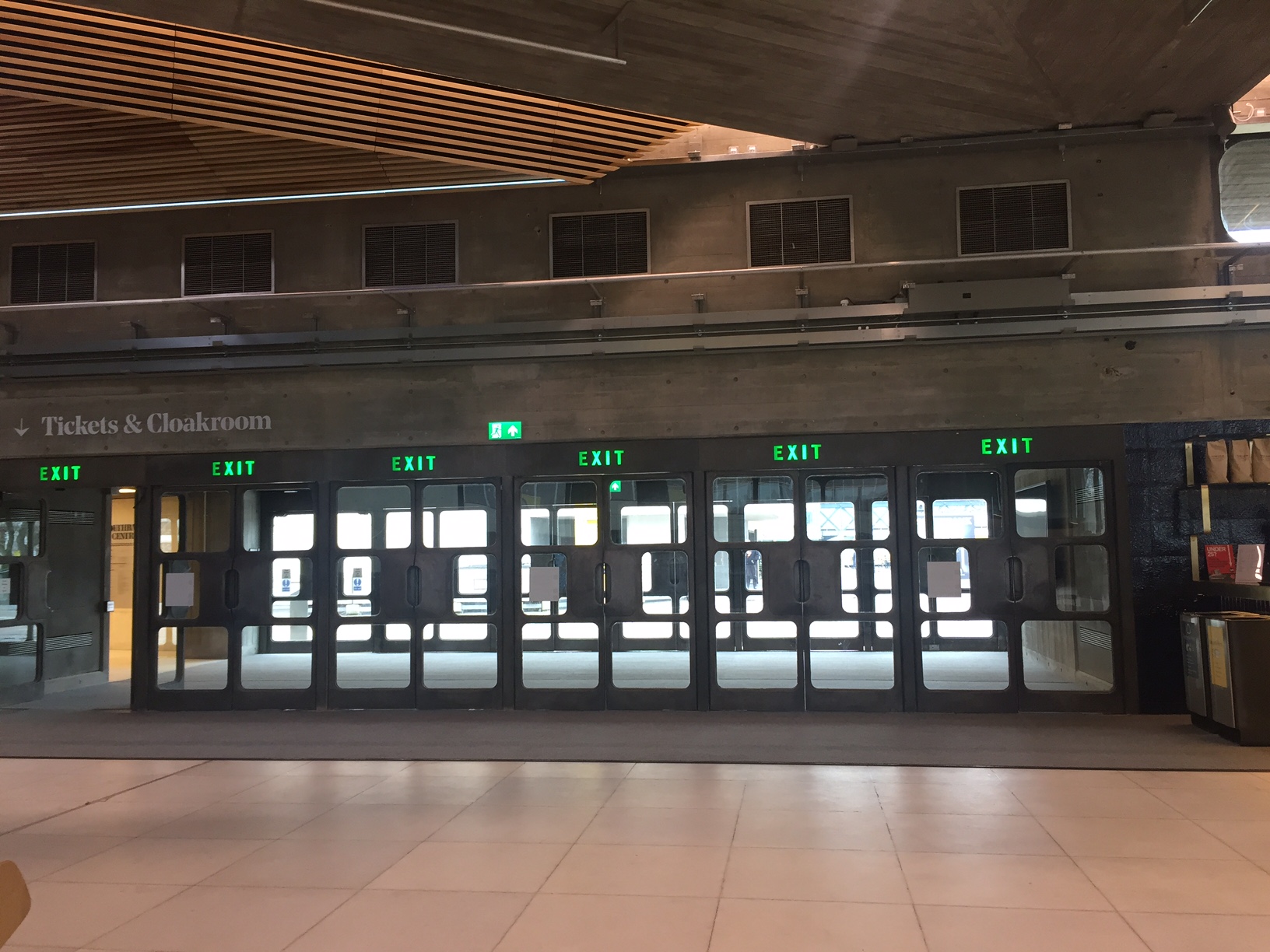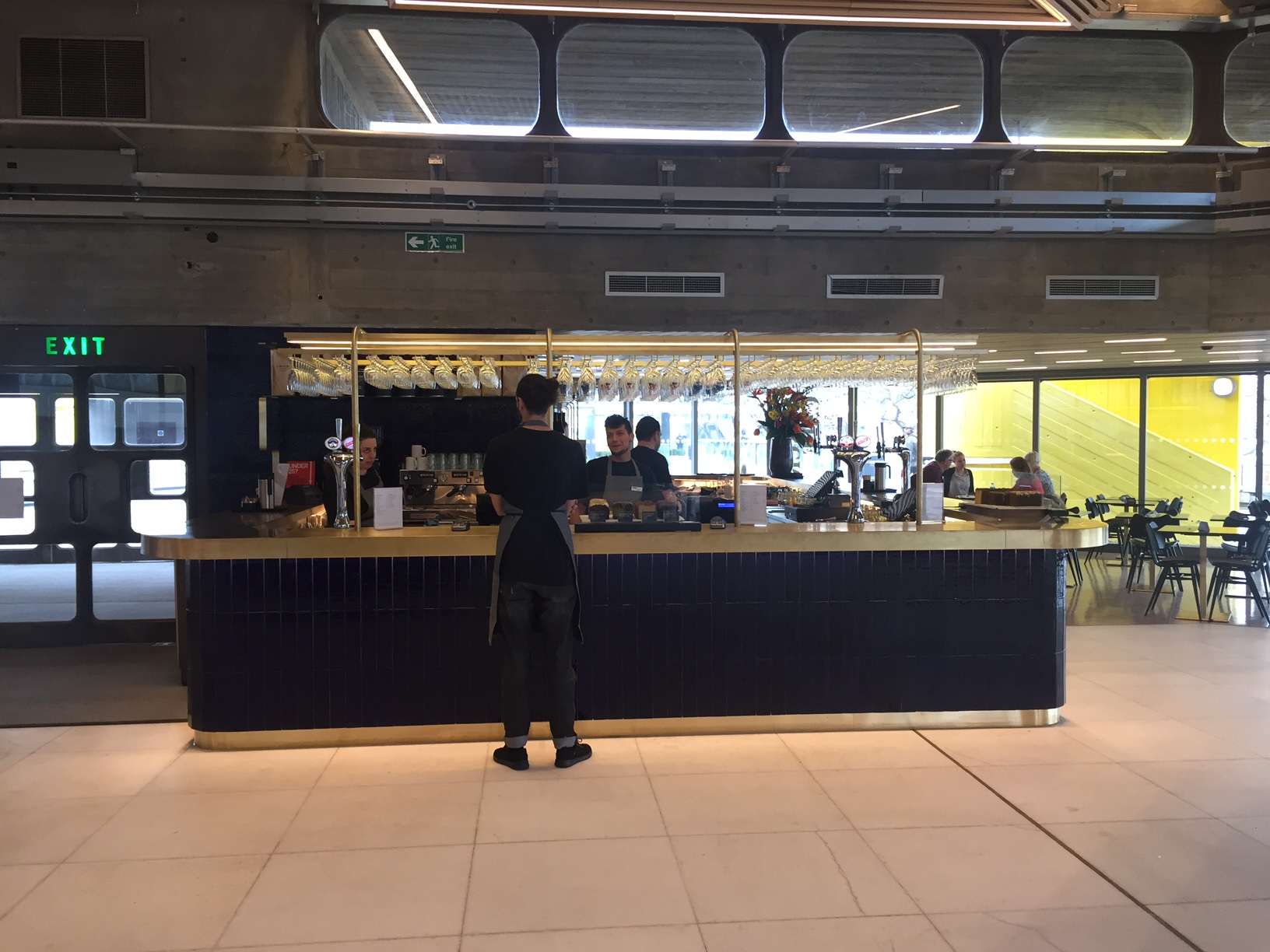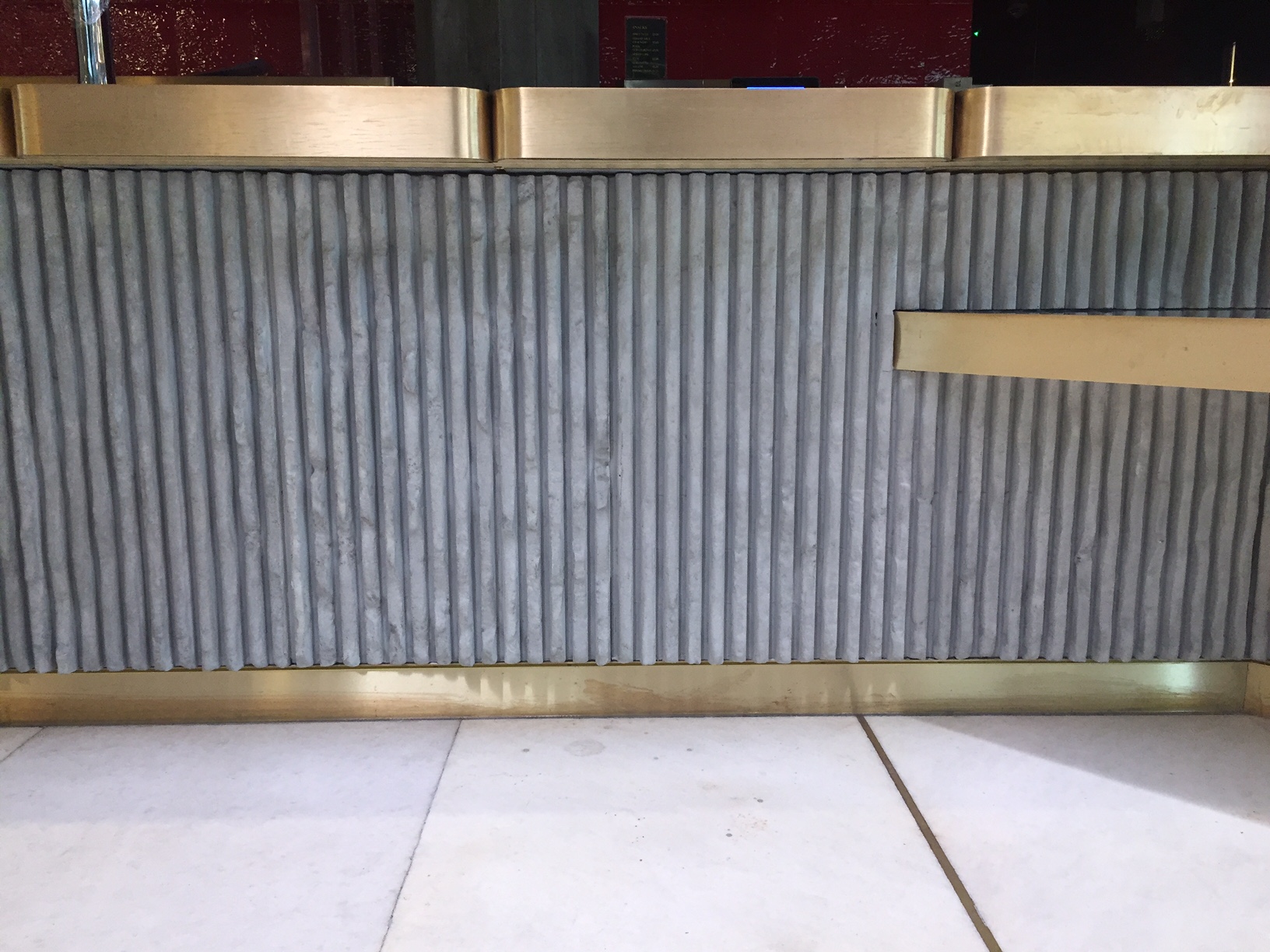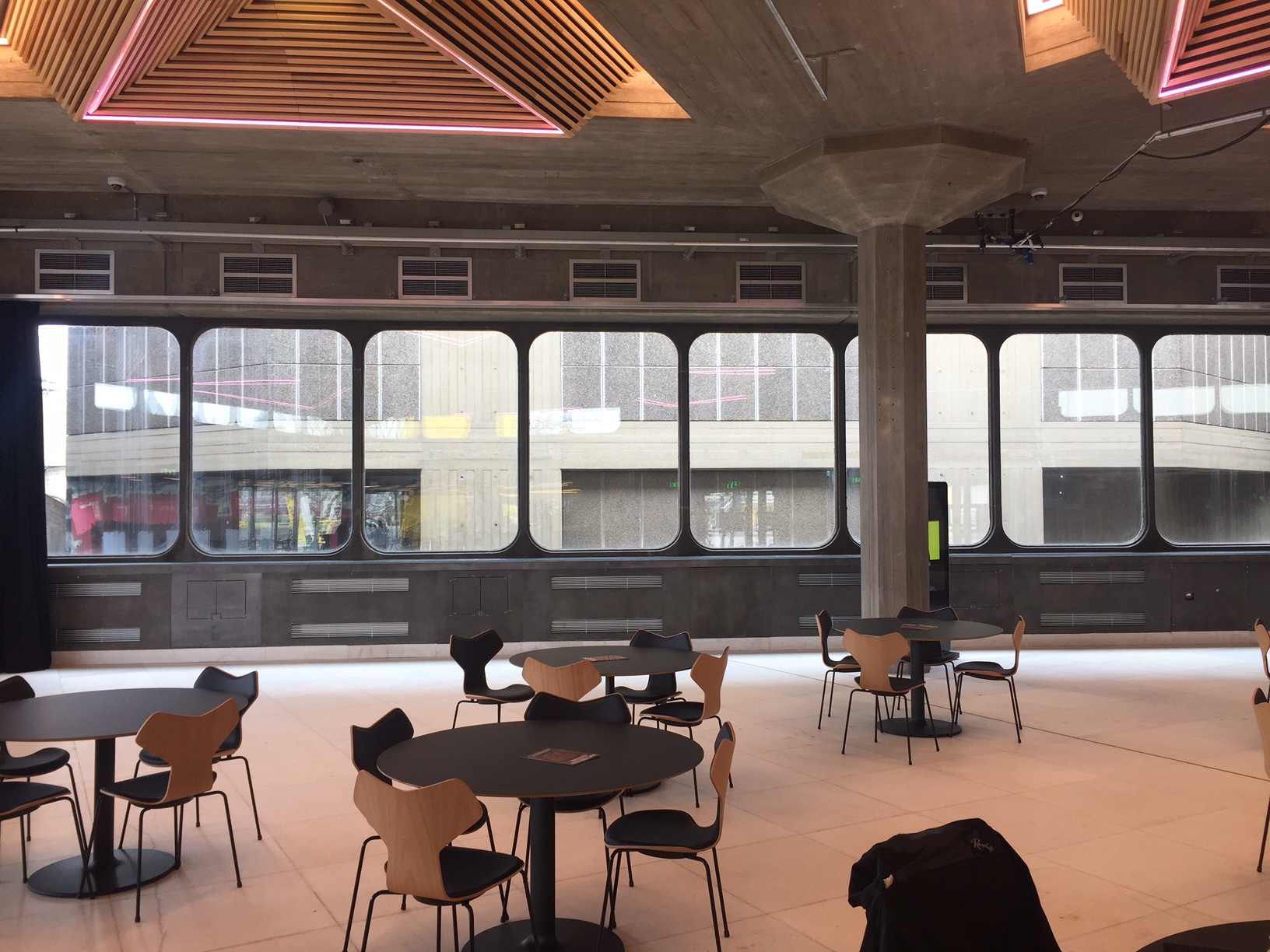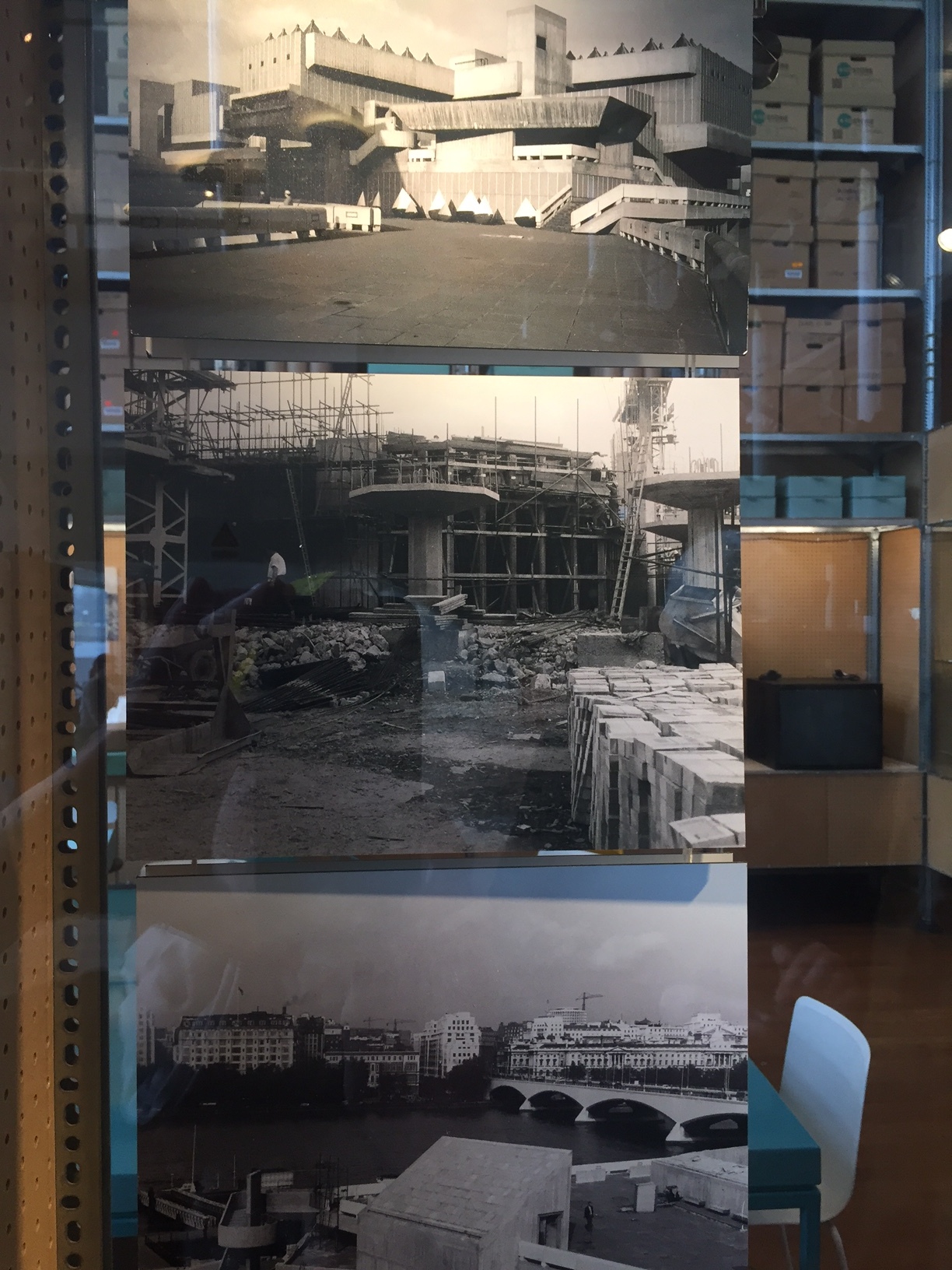A long break from London delivered a fresh eye on the city which under Brexit and the disbursement of the oligarchs is having its own moments of Trump-ian anguish. London's shards and pickles, the tall, oddly-shaped contemporary buildings that are now dotting the skyline in all quarters and which seem to be in competition with each other for masculine folly of the year, appear instead to look like so many weeds sticking up.There are however other wonderful things to see this spring, and in no particular order, here they are:
1.
The newly-extended Kettles Yard Museum in Cambridge falls well within the parameters of my favorite things as it answers the question: How do creative people live? The museum grew out of the very personal home and collection of Jim Ede, a polymath Tate curator and his wife Helen, who seemed to have an egalitarian and communal impulse from the very outset of life and career. The home is eccentric in the best sense. A personal collection that has drawings, painting and sculpture from artists like Ben Nicolson and Brancusi and also delicate golden filegreed glass, stones in concentric circles that remind of the Spiral Jetty, porcelain, books and objets is a testament to unpretentious passion.
In its charter, it is forbidden to alter anything. That’s ok. The paintings are often hung at eye level if you are sitting in a slipper chair, or cached behind a jug, or hung akimbo over a sofa.
The new wing of the museum gives them the space they need to stay current. But what stays with you are the well chosen drawings in the attic, the light coming in through the bay windows, the sense of contemplative but lively space. The man and his wife were loyal patrons, and friends and collaborators. Listen to the oral histories on the website for first hand glimpses into their thinking.
Like Charleston, the home of the Duncan Grant and Vanessa Bell in Sussex, it’s a glimpse into the life of those who cared deeply about art and artists and wished to show by example how one can live fairly simply, buy what one likes, share the wealth of that. It’s collecting and philanthropy by another name and puts many of todays trophy collectors in their place.
2.
The Picasso show at the Tate Modern is expansive in two senses: first, we think after the plethora of Picasso shows for the last thirty years since his death we know everything there is to know about Picasso. We don’t.
Second: in one year, 1932, Picasso produced more work than is humanly thought possible. Good and mostly great work.
And it was all due to the high, the joy, the delight he had in his largely sexual relationship with the young Marie Therese Walter.
He was 45. She was 17.
It certainly wasn’t intellectual. She was a shop girl, one who looks almost butch to me in her short blonde hair and criss crossed bathing suits. Athletic and capable.
But in paint and on paper and in the many sculptures he did of her, he transformed her into this coiled, dreamy creature who was just waiting for him to show up.
Being the object of this kind of attention, the attention of a genius who wanted you 24/7, must have been heady stuff for this young woman. One passes from tableau to tableau marking the swirls, the colors, her blonde hair, her feline energy waiting to spring into his arms/bed.
It drove poor Olga, already unhappy from a ballet injury, already the mother of his child Paolo, already the matron of Boisgeloup and a life of respectability, bonkers.
Once Marie Therese had their daughter Maya, Picasso split definitvely from Olga.
Its always a treat to see Picassos that have been more or less hiding in private collections, and that is usually a euphemism for the various branches of family. It reminds me of the stress I had procuring images for our PBS documentary done in conjunction with the MoMA retrospective, a time when Picasso heirs were not nearly as out of the closet.
3.
I wish I could feel more kindly towards the ambitious show of Abstract women artists of many generations at the Victoria Miro gallery. It is alas the result of too much #metoo: these artists deserve better. While the Helen Frankenthaler and Popova paintings are standout, some examples are are second rate and they suffer from being juxtaposed with these earlier gems. However: if you have not been to the Miro space on the Regents Canal with its very own lake and rotating installations, I highly recommend a visit.
4.
The Tate Britain All Too Human show also gets the short end in comparison with the London Calling show from a few years back at the Getty, a more tightly focused show that shone a light on these artists with more focus. Still for those who haven't seen the Tate's rich collection of Freuds and Bacons and the London school of figurative artists it is worth catching up. Above a Freud I had not seen before which shows his consummate facility with things other than human.
5.
From the Royal Box at the Royal Opera House, replete with two royal chairs purportedly given to Victoria and a his and hers bathroom not far away (a royal fanny on the loo!) we were warned we would not have perfect sightlines. Instead we felt supremely cosseted and royal by extension. Covent Garden is still one of the most elegant halls, and it’s a delight to see dance there.
The program of three Bernstein commissions felt flat by comparison. And alas, I do not love Bernstein's music (with the exception of West Side Story). But the absolutely fantastic sinewed bodies on display on this, the last night of the series, made me sorry not to see more of them.
Of the three pieces, Wayne McGregor's Yugen is the simplest and most effective. The red costumes, the haunting historic Hebrew text choruses of the Chichester Psalms (which I knew only from synagogue) are a very moving counterpoint to the stripped down choreography and sets from Edmund de Waal.
The Liam Scarlett The Age of Anxiety was a bit of shock. I mean, hasn’t he seen Fancy Free? The first movement was a direct steal from the earlier,much better Robbins ballet down to the bar and stools and soldiers etc.Story ballets and me, except if they are Swan Lake, do not go down easy. I find them dated, amusing like a vintage dress which you wear once or twice and then realize its got holes under the arms and a tear in the hem.
And the Chris Wheeldon? Well, the faux Greek dancers, girls in old fashioned bras and girdles with black criss crossed tails hanging from various body parts in Corybantic Games felt like the Olympics with an S and M overlay. Huh? The marcelled hair like something out of Nijinsky and Afternoon of a Faun, early Russian but unlike Ratmansky’s Namouna, utterly at odds with its music.
Bernstein, like Robbins, wanted to have lasting impact with more “serious” works beyond West Side Story. Robbins went on to have a much more successful career hors Broadway. This music has elements of WSS, riffs and trills that make you wish they would just dispense with the other and give us WSS. There is always a risk with these large scale 'festival' commissions and I remember feeling similarly with the Balanchine Stravinsky fest etc. I hope that at least the McGregor will survive beyond. (This program can now be seen in the US at selected theaters)
6.
The Ocean Liner show at the V and A was a surprise. Probably one of the most expensively produced I have ever seen, replete with a fake swimming pool and bathers and divers, a grand golden mural from first class, a descending staircase and a skydeck of twinkling stars, films, beautiful Gio Ponti chairs, etc it made the impoverished but enormous Airbus double decked and filled with 500 people I flew over in, but a pathetic example of mass travel. I am not a cruise person and once even turned down a free crossing with my family on the QE 2 (5 days in the middle of the Atlantic with my extended family?!!!). But this show made me pine for a time of grace and elegance even if Hitler is seen communing with German soldiers out the window in a film extract.
7.
The Charles 1 show at the Royal Academy in its last days was packed full of Brits enraptured by the hefty collection of the most acquisitive of kings, re- gathered together here in a most regal fashion. Charles with his pointed red nose (too much Bordeaux?), his dandified outfits, his many horses, his hunting equipes, his many royal babies, made me happy to have Thomas Jefferson (if not DJT) as an political ancestor. So many portraits! I can understand while though an excellent patron of Van Dyke, Rembrandt and other northern artists, of Titian and Tintoretto and other Italians, he was clearly someone for whom noble birth had brought an onslaught of envy and anger in the populace: he was the only English monarch to be executed.
8.
The Brutalist architecture at the Southbank complex, particularly the Queen Elizabeth Hall and the Purcell Room have been reopened after theree years of renovaton. Some might quibble with the costs, after all they’ve just torn down the Robin Hood Gardens complex also a Brutalist landmark, but the hall looks just ravishing, the lobby especially with its mushroom columns, the skylights, the brass bars as welcoming as any could be. People have hated these heavy structures, but luckily one has a chance to revisit previous procilivities . A tour which takes you backstage including a live girl gyrating over the seats, a sixties music mashup (the hall is primariy a home to classical music), an overly long stop at an archive, a stage elevator ride, and a 60s son et lumiere that is silly and overblown surely was produced to help justify the costs of public financing of the project. It’s not necessary. What they need to add is a viewing of the QE hall, the main event. I wish I could return for a concert, and I will. But in the meantime, a tea in the lobby and a look at the Purcell with its sixties wooden walls (gorgeous) is a new must on any tour of London. (The Hayward Gallery next door, part of the complex has a Gursky show on).
